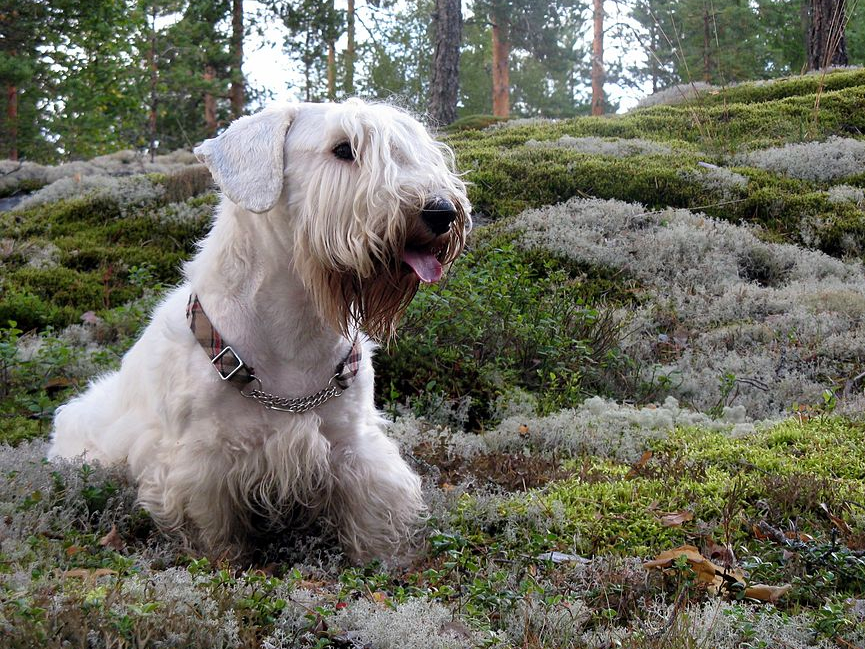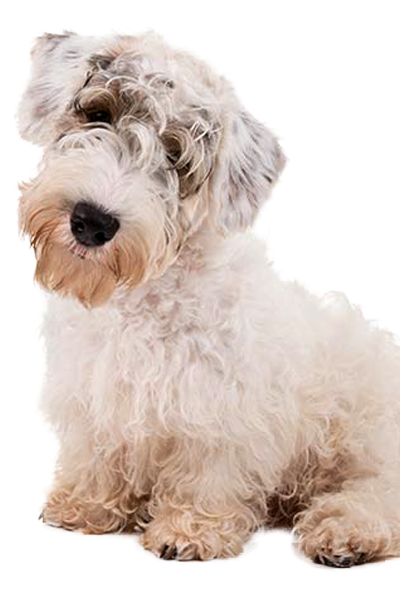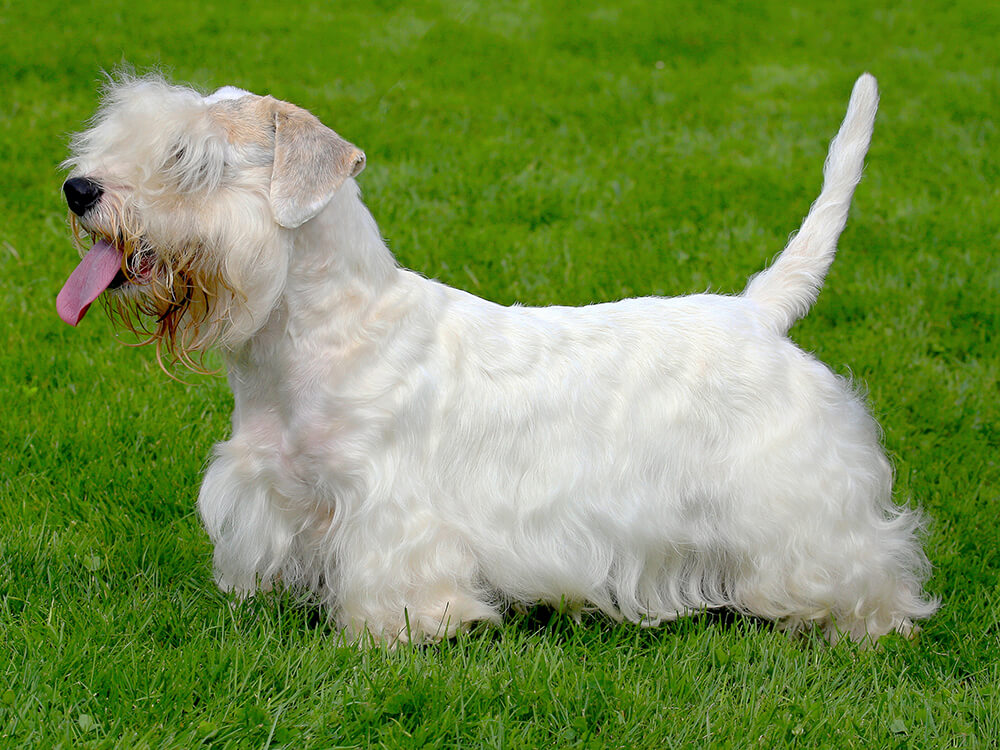
Sealyham Terrier Breed Pictures
Vital Breed Stats
| Height: | 30 - 30 cm M | 30 - 30 cm F |
| Weight: | 9 - 9 kg M | 9 - 9 kg F |
| Breed Group: | Working Dog Group |
| Life Expectancy: | 15 - 18 years |
| KC Registered: | No |
Breed Characteristics
| Size: |  |
| Grooming: |  |
| Exercise Level: |  |
| Trainability: |  |
| Barking Level: |  |
| Good with Children: |  |
| Good with other pets: |  |
| Affectionate: |  |
| Protective: |  |
| Cost to Keep: |  |
Give a thumbs up if you love the Sealyham Terrier

0
More About the Breed
History
Captain John Edwards, a huntsman during the nineteenth century, bred a dog in the hopes of developing a canine with impeccable hunter skills. After forty years of development, the Sealyham Terrier emerged and was first introduced to the Sealyham Estate. It was strategically bred with white coat feature, so the hounds would not confuse it for their prey as it hunts under the quarry. The Sealyham Terrier proved to be a successful breed as it is extremely good at hunting badgers, otters, and foxes.
Unfortunately, no record of its exact breeding programme could be found. Its specific breed origin is unidentifiable, but it could be classified with the Terrier family. The Sealyham Terrier was documented by the Kennel Club UK in 1911. However, there is no rise in its number since then. It was not until the 1920s when the breed found its popularity in the UK.
Sadly, over the years, the breed numbers registered with the Kennel Club fell. As a result, the Sealyham Terrier is considered a vulnerable native breed.
Appearance
The Sealyham Terrier has strong features with short legs and boasts noticeable presence. The average height of both male and female could range up to 30 cm with an average weight of 8–9kg.
For such a small dog breed, it has sturdy hindquarters, strong front legs, and muscular back legs with well-developed thighs.
Grooming
Temperament
Intelligence
It is known to be an independent dog, but loyal to its family. Inheriting from the terriers, it has a pretty high prey drive. It is smart, a fast learner, independent, and often stubborn that requires training lessons. For that reason, it is not the best choice for first-time owners.
Just like any other dogs, the Sealyham Terrier needs socialisation, so it will grow up to be an outgoing mature dog. Gradual exposure to noises, people, and other animals are recommended after it has been fully vaccinated. Keep your eye on your dog during public walks because it is naturally curious and could wander alone.
Nutrition
Feeding
For a 2- to 6-months-old Sealyham puppy, feed it with 125–173 g of food daily, depending also on its size and activity level. For a 7- to 10-months-old Sealyham, feed it with 121–132 g of food daily. When it turns 11 months and beyond, it can be given adult food.
The adult Sealyham weighing 8 kg should be fed about 115–134 g of food daily, also taking into consideration its activity level. For 9 kg and above, the daily recommended portion ranges from 126 to 146 g.
Health
- Primary Lens Luxation (PLL)
- Congenital deafness
Exercise
Cost of Ownership
The average rate for a well-bred Sealyham pup is £500 to £1,000. Insurance may cost about £25 (basic) to £45 (lifetime) monthly. The food cost is estimated at £20–£30 monthly. For vaccinations, boosters, annual checks, and other veterinary costs, pet care expenses may add up to more than £800 annually.
On average, a Sealyham owner will spend about £50–£80 per month. The insurance costs can also affect these cost estimates. For its lifetime (12–14 years), the costs can range from £7,200 to £13,440 overall. This estimate does not include the expenditures incurred in buying a puppy yet.
Sealyham Terrier Breed Highlights
- The Sealyham Terrier is prone to separation anxiety.
- This dog loves to hunt and is a curious one.
- This dog is good with small children and is suitable for any home.
- The Sealyham needs training sessions.
- It is well-suited for city living.











